Fund research on muslin: analysts
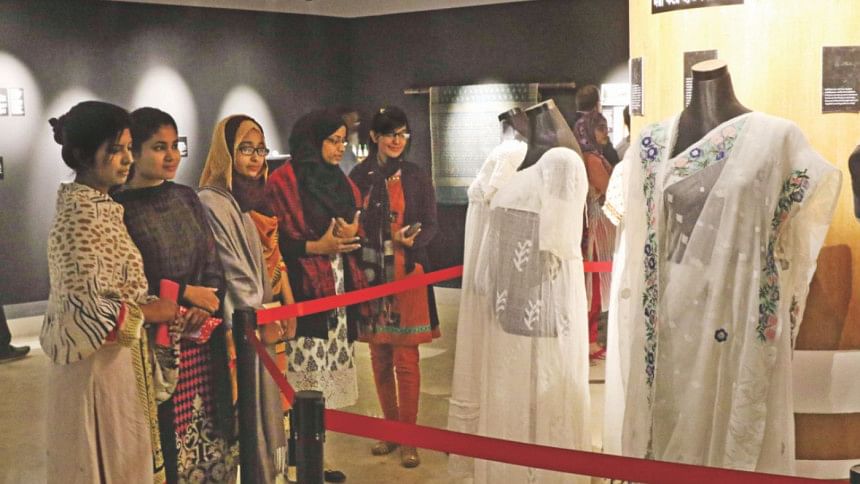
The government should provide financial assistance to researchers and weavers of muslin to revive the lost glory of the fine cotton fabric, analysts said yesterday.
The revival of muslin is important as it has a historic and commercial value, said Mustafizur Rahman, executive director of the Centre for Policy Dialogue.
“From the Indian subcontinent, especially from Dhaka, muslin worth 28 lakh rupees was shipped to different countries, particularly those in Europe, in 1789,” Rahman said. He spoke at a seminar on how to revive muslin at Bangladesh National Museum in Dhaka.
“History shows that muslin had a commercial value. Time has come to revive it, but we need to discover the real muslin yarn first,” he said.
An expert committee is working to discover the real cotton needed to spin muslin yarn, Rahman said.
Skilled weavers of today's jamdani, a handloom cotton fabric, can easily adapt muslin weaving and designs as their forefathers were the original muslin weavers, he said.
Hameeda Hossain, a human rights activist and academic, said the government should set up a muslin museum to preserve and showcase the glory of the product for which Bangladesh was once famous worldwide.
“It is a pity that we preserved very little of our muslin heritage. We do not have a textile museum to protect our heritage and legacy for the next generation,” Hameeda said.
Dhaka was the main production hub for muslin fabrics, although the same product was made in other places as well, she said.
“We need regular photo exhibitions of muslin products so that people can understand its potential. We also need to recognise the challenges and reasons that forced weavers to leave the profession,” she said.
Md Farid Uddin, executive director of Bangladesh Cotton Development Board, called for collection, identification and preservation of muslin for its revival.
“There are 520 kinds of germplasm of cotton, and the cotton development board has set up a germplasm centre for identification of the genetic resources of cotton from which muslin was made,” Farid Uddin said.
During her visit to the textiles and jute ministry, Prime Minister Sheikh Hasina directed officials to revive muslin as it has a commercial value, said Jamal Abdul Naser Chowdhury, an additional secretary to the industries ministry.
Rosemary Crill, senior curator of South Asian textiles and dresses at the Victoria and Albert Museum in London, presented a keynote at the seminar.
Drik, Bangladesh National Museum, and Aarong are co-organising a month-long muslin exhibition on the national museum premises.

 For all latest news, follow The Daily Star's Google News channel.
For all latest news, follow The Daily Star's Google News channel. 

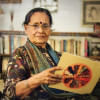
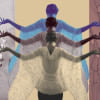
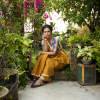

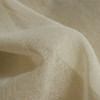


Comments